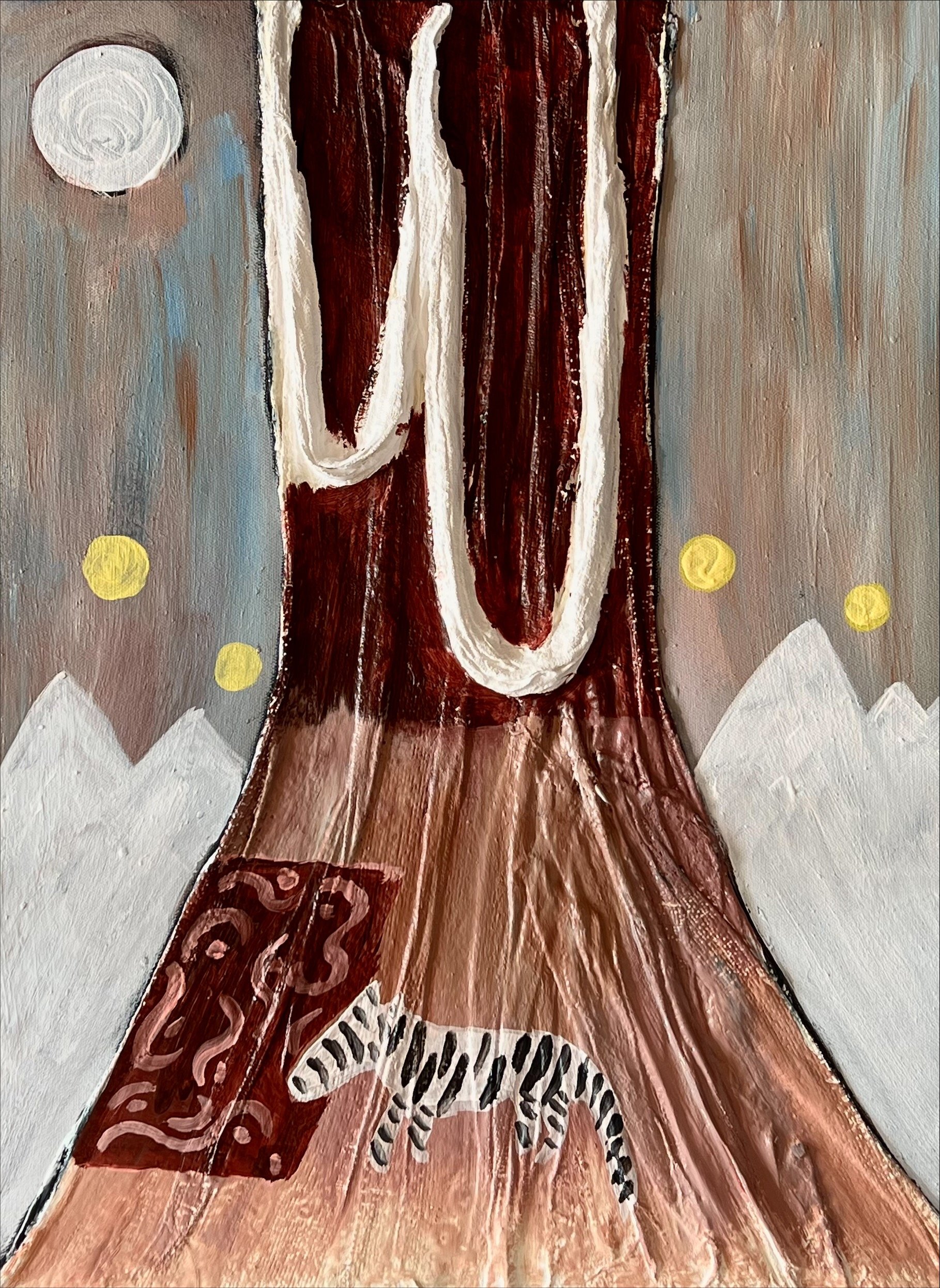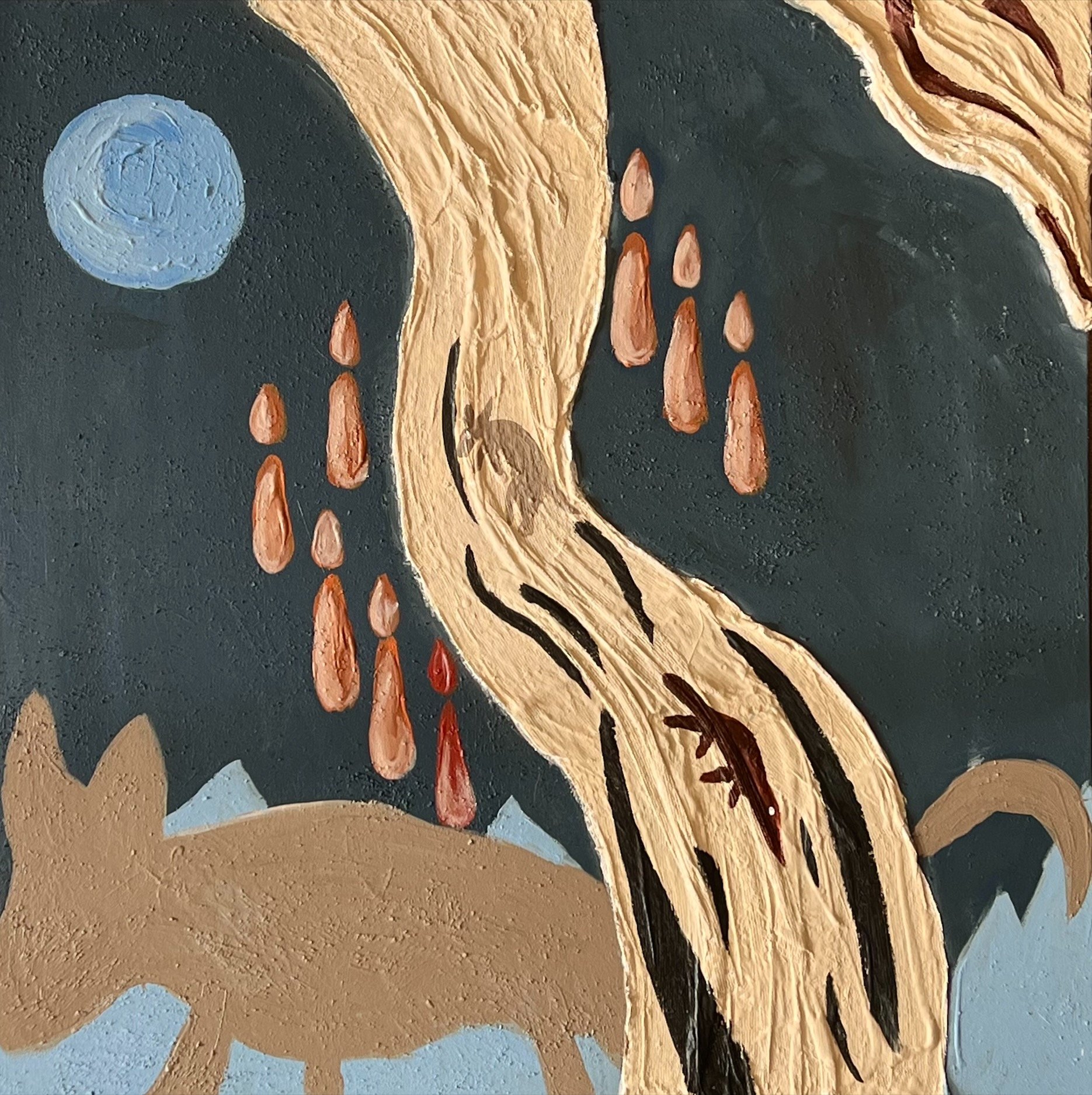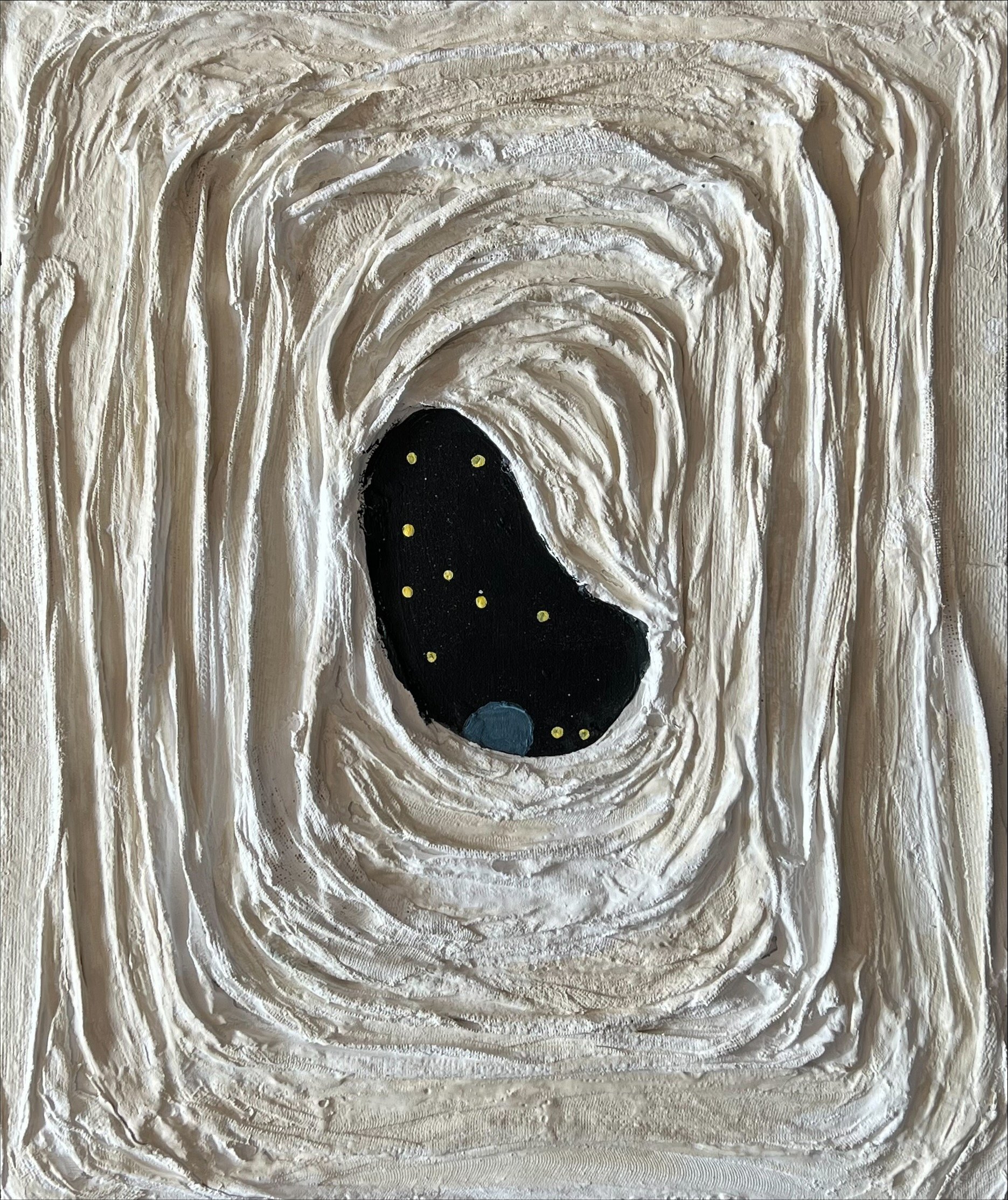
Future Memorials

Memory is an ancient future technology. In the earliest days, there were “rememberers” who were responsible for a nation’s memory. Memory existed (and exists) in caves, on stones, on animal skins, in our heart—and in fact, memory is everywhere. The later invention of the printing press and of photography gave memory new languages. We still remember, speak, and imagine in these languages. But what does future memory look like?
This is a series of paintings that explores the nature of future memorials. These ten paintings imagine a future memoryscape, asking questions including: Is there a surfeit of memory? How much memory is necessary? Do animals remember? What should we remember? What should we forget? Who is “we” when we say “we” remember, “we “ forget? Do robots dream of the past?
The purpose is not to paint a portrait of a future memorial per se; Rather, the goal is to imagine, to speculate the very definition of memorials in the future. Physical memorials and monuments, no matter how far they reach into the sky, are ultimately subject to destruction. So where do we build, commemorate, and preserve our future memorials?
Perhaps the question we should ask is not what a future memorial is, but where a future memorial is. My answer is that the most indestructible memorials (future memorials) are the ones we built in our heart, anchored in our memory, and resistant to oblivion.









